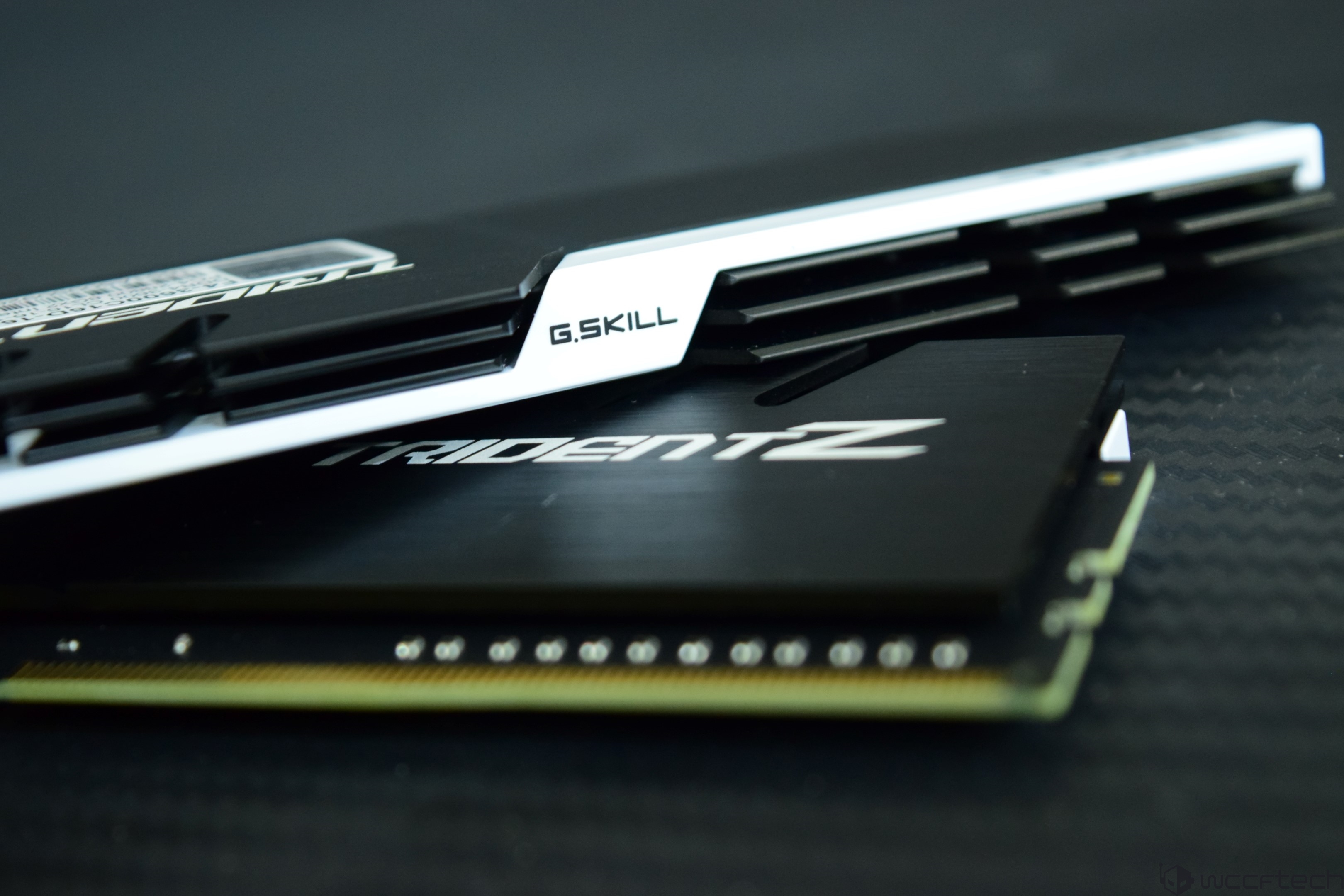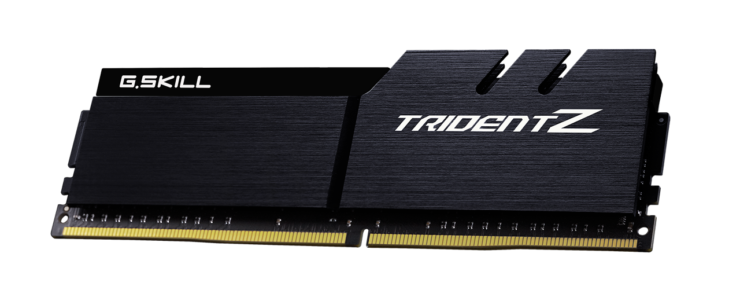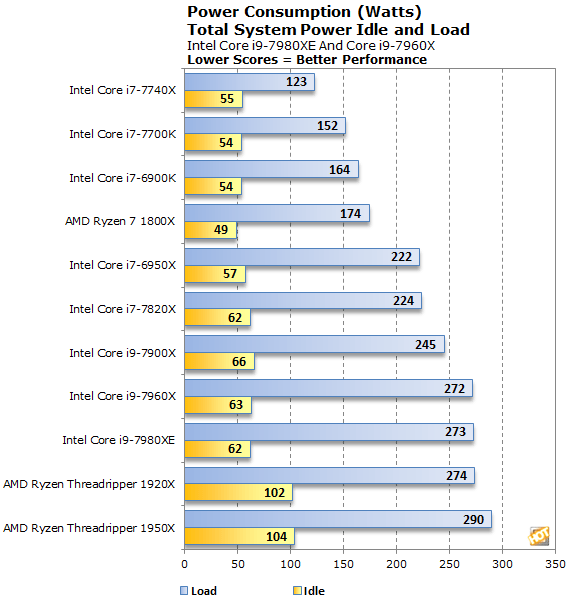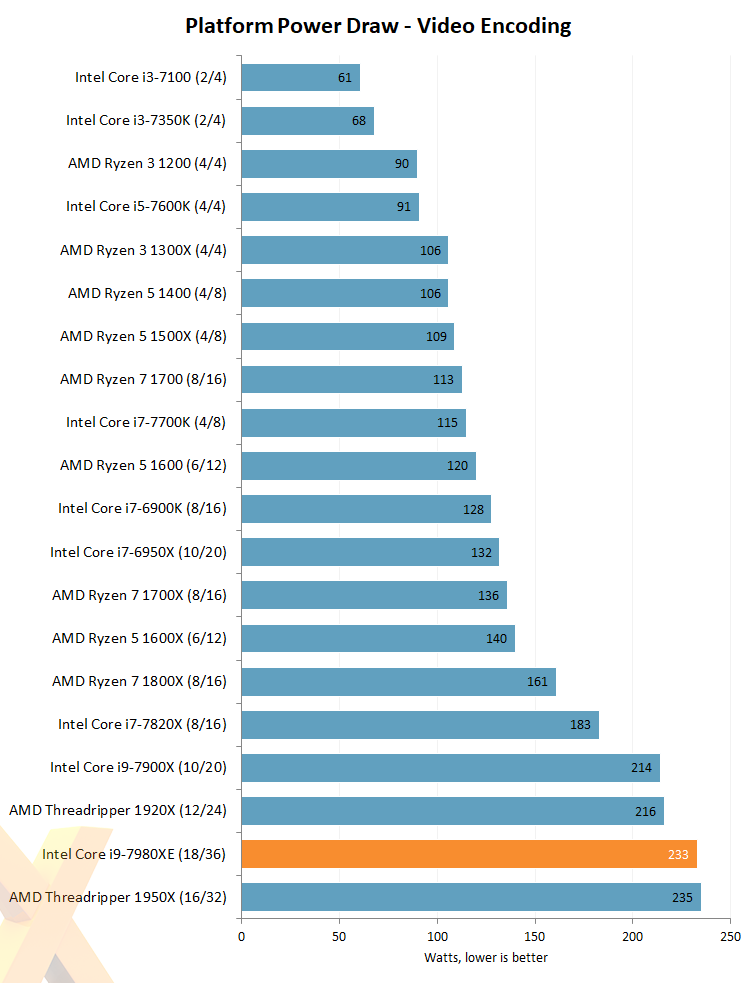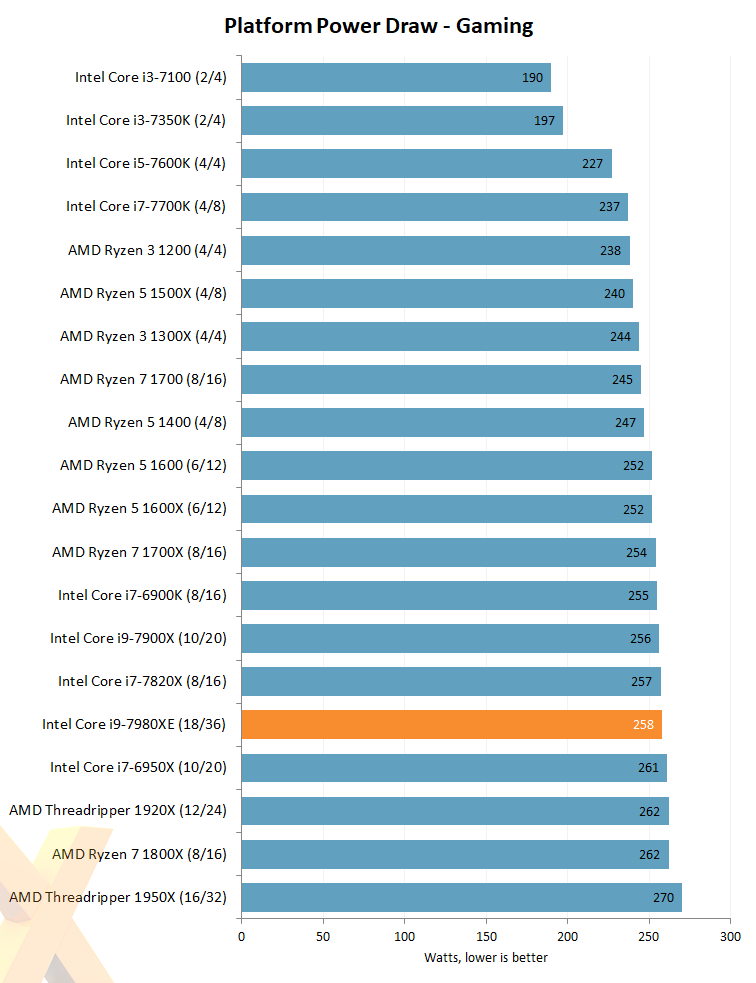8350rocks :
juanrga :
8350rocks :
juanrga :
8350rocks :
juanrga :
8350rocks :
juanrga :
8350rocks :
juanrga :
Pushed to the limit!


My FX-9590 would post at 5.5 GHz 4 years ago, and I could probably dig up an old CPU-Z screenshot...it just would not run any benchmarks without crashing.
I will remain skeptical until there is a 5.6 GHz cinebench score.
Your 9590 CPU has 8 weak conjoined cores. We would need about 40 of those cores to match the performance of this i9 beast.
Irrelevant to the conversation about clockspeed m8.
It is fully relevant because getting higher clockspeed on a wide core as Skylake-SP is much more difficult than on a narrow core as Piledriver. This is the classic difference between speed-demons and brainiac microarchitectures.
And it is fully relevant because getting 5.5GHz on a CPU with 8 Piledriver cores is a much simpler task than getting the same clocks on a hypothetical CPU with 40 Piledriver cores.
An intel CPU with no benchmarks overclocking to 5.6 GHz is as relevant as mine going to 5.5 GHz.
I could not produce anything beyond a CPU-Z for mine either.
Hence, the conversation about clockspeed is all we are discussing. Anything beyond that is existential, but irrelevant.
Precisely my point was on explaining why getting those higher clocks on wide 16 cores (Skylake-X) has a lot of merit, whereas getting similar clocks on 8 narrow cores (Piledriver) has little merit on comparison.
Except that does not solve the issue of there being nothing beyond a CPU-Z validation to prove the OC was stable. Just FYI, CPU-Z is hardly a stability metric!
No one said that those would be 24/7 overclocks, simply showing the overclock potential of the new chips, which seem to overclock even better than the lower core count models.
With enough voltage, you can get anything to POST at a given clock speed...getting it to run at that speed is another matter.
https://www.digitaltrends.com/computing/amd-ryzen-5-1600x-overclock-59/
There is a Ryzen at 5.9 with benchmarks...
Apples and Oranges. That 6C RyZen overclock is using liquid nitrogen extreme cooling. The 10C 7900X has been pushed to 6GHz on liquid nitrogen as well.
http://hwbot.org/submission/3594514_sofos1990_hwbot_prime_core_i9_7900x_12189.52_pps/
This second overclock has more merit, first because there are more cores and are wider each, second because the i9 run benchmarks at that high clock, whereas the RyZen chip overclock had to be reduced to 5.5GHz to run benchmarks
I was talking about ordinary cooling and the above CPU-Z for the 7960X uses ordinary cooling...

